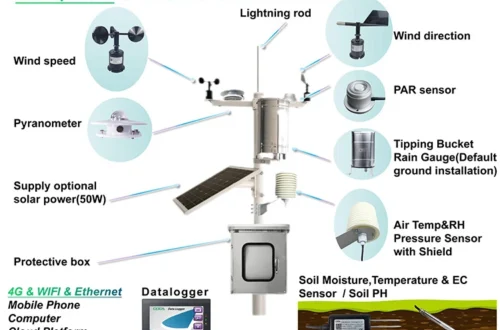Cell-Penetrating Peptides: A Versatile Tool for Biomedical Research

# Cell-Penetrating Peptides: A Versatile Tool for Biomedical Research
## Introduction to Cell-Penetrating Peptides
Cell-penetrating peptides (CPPs) have emerged as powerful tools in biomedical research due to their unique ability to cross cellular membranes. These short peptides, typically consisting of 5-30 amino acids, can deliver various cargo molecules into cells, making them invaluable for drug delivery, gene therapy, and diagnostic applications.
## Mechanisms of Cellular Uptake
The exact mechanisms by which CPPs enter cells remain an active area of research. Current understanding suggests several possible pathways:
– Direct penetration through the lipid bilayer
– Endocytosis-mediated uptake
– Transient pore formation
– Membrane potential-dependent translocation
Applications in Biomedical Research
CPPs have found numerous applications across various fields of biomedical research:
1. Drug Delivery
CPPs can enhance the cellular uptake of therapeutic molecules, including small drugs, proteins, and nucleic acids, overcoming one of the major challenges in drug development.
2. Gene Therapy
By facilitating the delivery of DNA, RNA, and oligonucleotides into cells, CPPs offer promising approaches for treating genetic disorders.
3. Molecular Imaging
CPP-conjugated imaging agents enable better visualization of cellular processes and disease markers.
Advantages of Using CPPs
- High efficiency in cellular uptake
- Low cytotoxicity compared to other delivery methods
- Versatility in cargo conjugation
- Ability to target specific tissues or cell types
Challenges and Future Directions
Despite their potential, CPPs face several challenges that researchers are actively addressing:
- Improving specificity to reduce off-target effects
- Enhancing stability in biological systems
- Developing more efficient production methods
- Understanding long-term safety profiles
Future research will likely focus on engineering CPPs with improved properties and exploring their clinical applications in greater depth.


